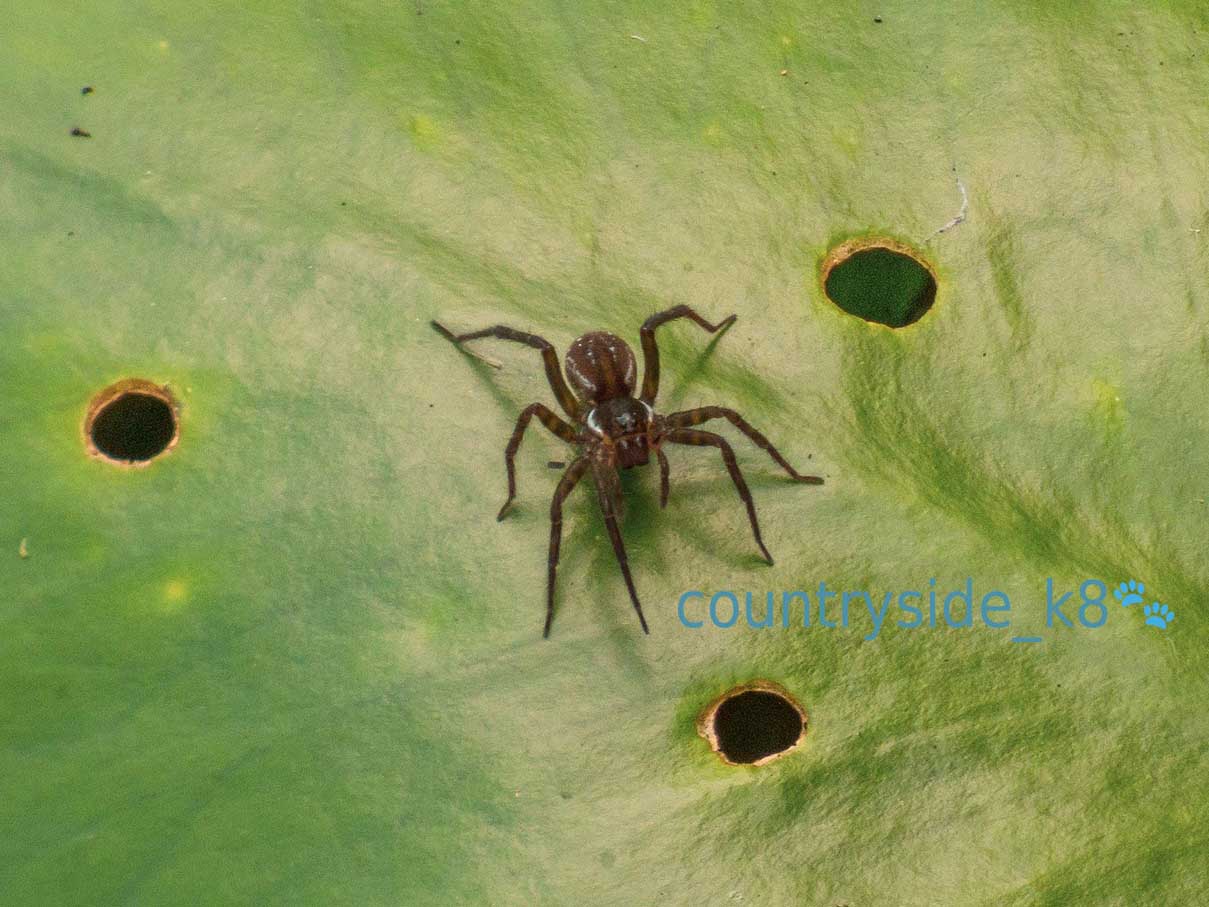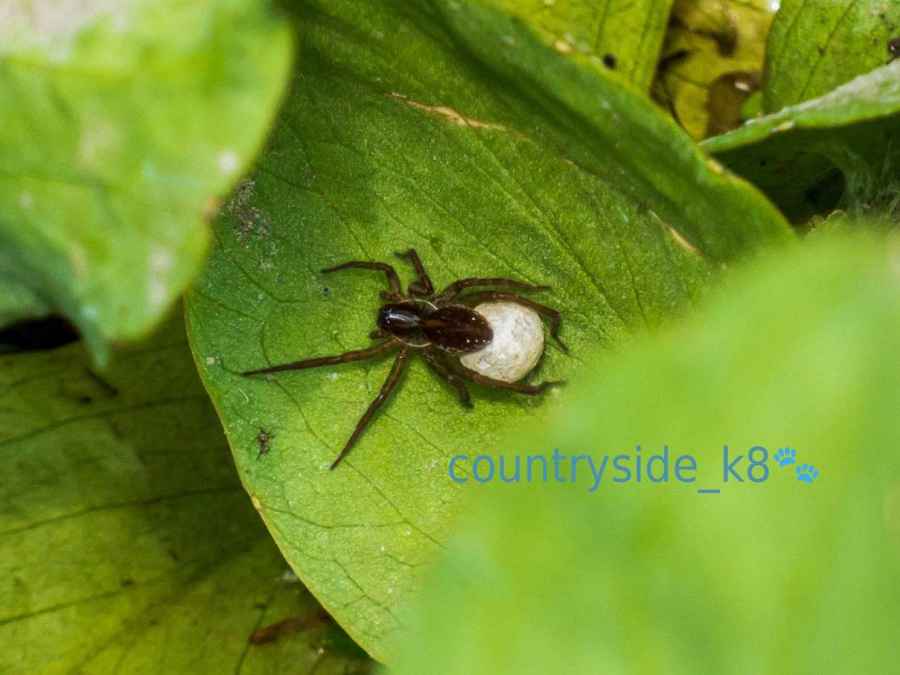
Pirate Wolf Spider
Pirate Wolf Spider
Latin name: Pirata piraticus
The Pirate Wolf Spider is quite distinctive with a chestnut-brown body with a central yellowish coloured cardiac mark and white marks to the sides and top of the body.
Like raft spiders, they can run and stand on water. The Pirate Wolf Spider can sense the movement of prey through vibrations in the water’s surface and catch prey that is on or just below the surface. Prey includes the young of the smaller Pardosa species of wolf spiders and invertebrates that fall on to the water’s surface.
The Pirate Wolf Spider builds a silk retreat, that is tube shaped, often among moss or vegetation, which they use as a home rather than to catch prey. They do not build a web.
When the time comes to mate the male has to signal to the female from afar. Without this signalling, the female could attack him.
Once they have mated the female lays her eggs. She wraps them in a cocoon which she carries with her, attached to the end of her abdomen. She will spend time basking in the sun to warm the eggs and speed up the development. They have been seen hanging their cocoons out of the end of their tunnel retreat, keeping theirselves cool in the shade and the cocoon warm in the sun.
Once the eggs hatch the spiderlings crawl on to their mothers back where they stay until they are able to fend for themselves.
You can see the adult spiders from May to September in and around aquatic habitats.
A common and widespread species in Britain.
Created: 22 September 2018 Edited: 22 September 2018

by KLS
Mist, Mines and Ruins
Own label and private label building products
We produce, brand and supply for some of the biggest names in the industry. Read more...


